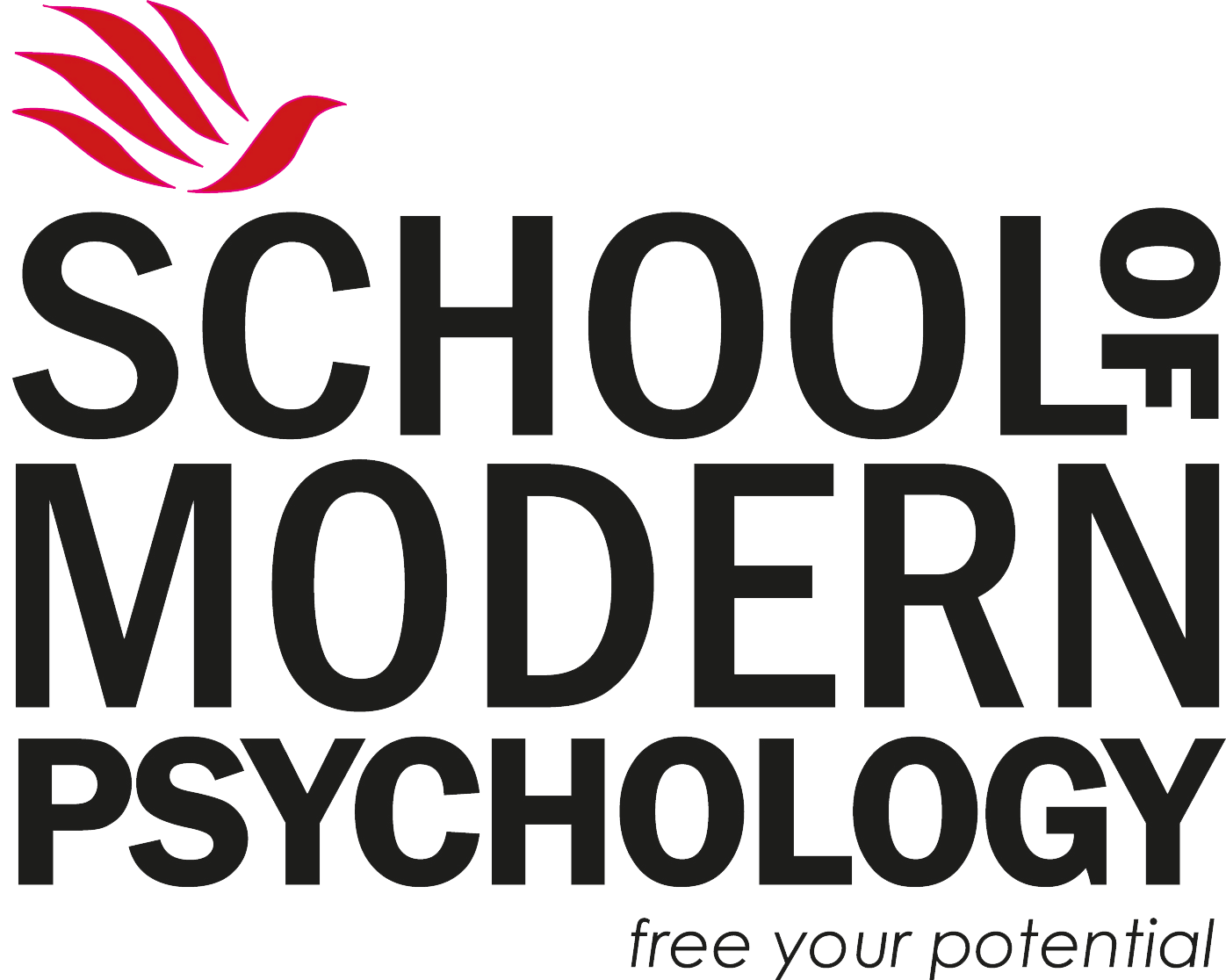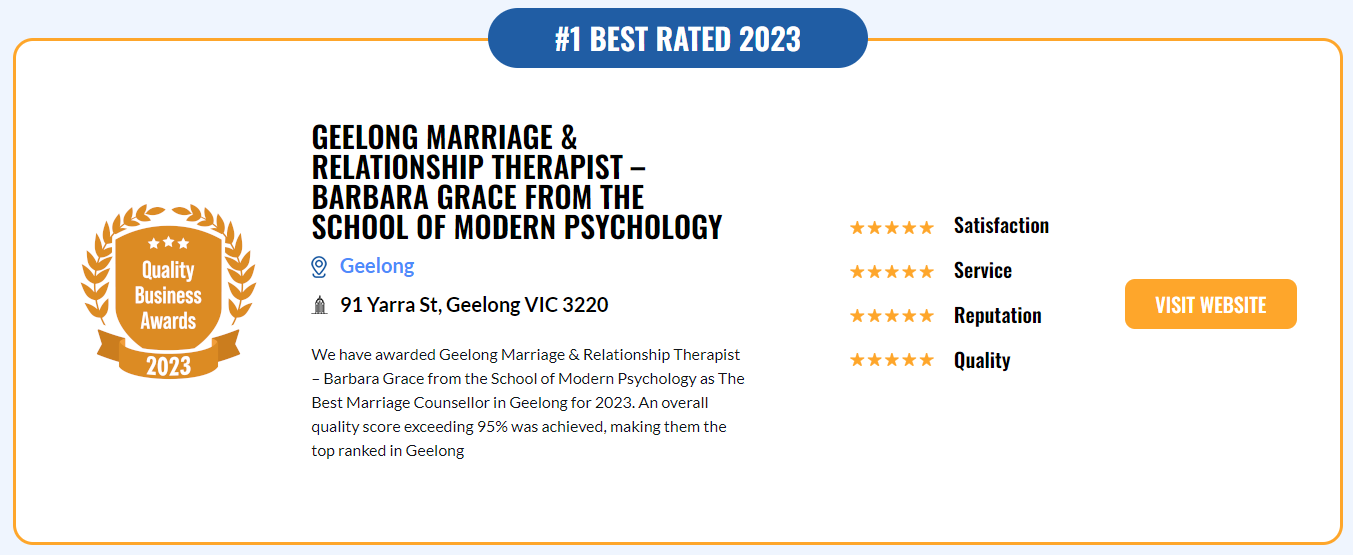How To Change Your Life With Mindfulness & Meditation
/Mindfulness can change the way you manage life's stressors and help you use meditation as a practical everyday tool.
If you want to understand your mind, sit down and observe it. Joseph Goldstein
In 1963 Harvey Ball invented the smiley face. A simple reminder to smile, be happy and enjoy life more. Bright yellow with a lopsided smile, the symbol became an icon lasting decades before being replaced with :) - an emoticon aimed to add a sense of lightness to your words.
As icons have reminded us to smile, the mindfulness movement reminds us to slow down and pay attention to the moment you're experiencing now. If it had a catchy symbol or a slogan like the Spain brothers added to the original smiley face (making them millions with 'have a happy day'), mindfulness may be more clearly understood.
Thankfully mindfulness hasn't been so commercially mined, yet mindfulness still evokes mystery and memories of saffron robed Tibetan monks chanting 'Om'. Ideas that western culture step lightly around.
Jon Kabat-Zinn was the first to cleanse mindfulness of its Buddhist roots and use it as a tool to help manage stress in a Boston clinic, which was part of University of Massachusetts Medical School. Mindfulness Based Stress Reduction (MBSR) - an 8-week program teaching outpatients how to change their relationship with pain after medicine had done all it could, was born.
Because of the program's success, hospitals around the world have integrated similar programs. Now sanctioned by the medical profession as a tool to ease suffering, we're experiencing the trickle-down effect as mindfulness enters main stream.
Mindfulness: Beyond Stress
While mindfulness is best known as a way to manage stress and pain, it has a deeper impact for anyone aiming to rediscover a lost sense of what it means to know one's self in a fast-moving world.
Jack Kornfield, mindfulness and meditation teacher and author describes it like this:
"Mindfulness is not a philosophy or a religion. It's not a destination. Rather, it's a spirit with which you can travel through life."
Imagine knowing that spirit. Imagine creating a new sense of yourself, not based on ego, but deliberate insight into living consciously, making wiser decisions and feeling a deeper sense of peace and happiness. If this was possible, what would it mean for you, your health, your lifestyle, and your relationships?
In this go-to guide you’ll discover a straight forward way to understand mindfulness and meditation, know what practicing these techniques can do for you and find out who benefits most from adopting mindfulness and meditation practices.
Why Is Mindfulness Such A Big Deal?
“Mindfulness is often spoken of as the heart of Buddhist meditation. It’s not about Buddhism, but about paying attention. That’s what all meditation is, no matter what tradition or particular technique is used.” Jon Kabat-Zinn
If mindfulness is about paying attention, what's the big deal?
The original term 'mindfulness' comes from the Pali word ‘sati’ meaning memory, but is more correctly described as 'lucid awareness'. It's an embodied state that doesn't let day-to-day experiences or moments drift unnoticed.
When 'not noticing' your mind takes on a life of its own, wandering through old memories, recalling old feelings and ruminating endlessly on 'what I would have said to ... if I had the chance again'. We think without thinking, kidding ourselves we're focused on what we're doing.
You may be familiar with this state. I am.
While reading a book, I can find myself halfway through a chapter, having to start again because my eyes mechanically 'read' the text, while my mind drifted elsewhere. Or patting the cat absentmindedly while planning the next job only to get a solid nudge from a wet nose to pay more attention to her. Or writing this article between cooking, phone calls and checking in on an unwell relative. I laughed at the irony of writing an article on mindfulness while pushing mindlessly ahead with the multiple to-do list I was juggling.
How To Overcome The Challenges of Modern-Day Living With Mindfulness
And this is where the problem of modern-day living touches us all. With deadlines and time a premium resource, it's easy to think we can do it all until (as it did for me) our body sends 'slow down' signals. I pushed on until my shoulders and neck stiffened with knots, causing a headache that forced me to see the irony and listen to my own advice. The temptation was to take a pain killer so I could continue. Thankfully a wiser and more skillful approach emerged.
I retreated to the courtyard, watching sparrows and pigeons feed from the seed containers dotting the garden. We watched each other. A wink and nod to what it takes to live in the moment, mindfully aware of the simple ease of listening to their chatter, their grey-blue spreading wings, the way they flicked the seed with hooked beaks and greedily squatted on the seed container to stop others eating. Twenty minutes sipping lemon-ginger tea from a mug patterned with the color of crushed berries and my head began clearing with the tea's citrus freshness. The concrete skull-cap resting above my eyes relaxed, neck retreated from a forward-thrust and my shoulders dropped from hunch to ease.
6 Steps To Mindfully Train Your Mind
Modern-day living has trained our bodies and minds to be separate entities. To ignore body-felt sensations and mindlessly dwell somewhere between the past and future, dismissive of the present moment. It's as if 'now' is something to rush through while getting somewhere else. Mindfulness practice aims to help us pay attention, to reunite body and mind through noticing senses, feeling and experiencing moments more fully. It's about switching off auto-pilot and sitting upright in the driver's seat again. It's about quietening the endless chatter that occupies our minds every moment of every day.
With a simple sequence, the mindfulness process flows like this:
When paying attention be consciously aware of what's happening around you.
Using all your senses, not just your preferred sense (usually sight or hearing), note what each sense is perceiving.
Be enchanted about the experience, not distracted or dismissive.
Refrain from judging the experience as positive, negative or neutral, instead raise your awareness and conscious presence to any feelings arising in the body.
Notice whether you're wanting to avoid any emotion arising because it hurts, or clinging to the outcome as if there's a dearth of resources to go round.
Consider your response with wisdom, accepting 'what is' with a sense of gratitude.
How To Hold Back The Endless Torrent Of 'White Noise' In Your Mind
Most mindfulness practices begin with paying attention to your breathing, without aiming to change it, simply noticing it. It's a gentle beginning, yet challenging to maintain. Noticing your breath as it moves in, through your body and out again is the beginning of sensory awareness. As you begin, you may notice very little from a sensory level, you may even feel nothing. Alternatively, you may experience emotions you've not allowed yourself to feel previously. Noticing what you're noticing is the first step.
You may also notice how easily your mind gets distracted by an endless torrent of white noise. Again, it's about noticing what you're noticing without judgement. Simply notice the thoughts and let them go.
If thoughts return, notice that you're noticing them, and let them go again. Being gentle with yourself, curious about what you're noticing while returning to your breath is a strong beginning.
You can be mindful where you are right now. Noticing. Paying attention. Being aware of your body's senses - tight shoulders, pressure of your sitting bones on a chair, clothing touching skin, any scents or smells, the quality of the light, soft sounds barely audible. It's an informal way of being mindful as you go about your day.
Mindfulness meditation, on the other hand, is a formal way of setting aside a specific time to focus. It's about setting an intention and a focus for a set period of time.
Meditation offers the space to move away from the automaticity of thoughts that are often negative and self-defeating. It's a space to release the process of worry, doubt, fear and anger.
Meditation offers tools to relax those automatic thoughts. It helps break the illusion of 'self' - our ego and sense of identity to which we cling, unaware of a higher level of consciousness available to us if we let go, release attachment and allow a sense of possibility enter.
The meditation practice may involve music, prayerful thought or loving kindness to build greater empathy. You may find a guided meditation useful to support you as your mind strengthens its ability to focus without distracting thoughts entering.
What’s The Evidence Mindfulness Works?
Mindfulness and meditation are forms of mental training that involve exercising the mind to hold a space, a thought or an idea spatially. When practiced regularly over time, researchers see significant changes to different parts of a person’s brain structure via brain scans (functional magnetic resonance imaging – fMRI scans).
For example, a mindfulness-based training program aimed at reducing stress will include training to assist focus, organisation and planning (thickening areas associated with tasks governed by the brain’s prefrontal cortex). Training to help with emotional regulation (strengthening the amygdala, which is part of the limbic system) and memory (thickening the hippocampus) also assist.
Regular mindfulness-based exercise can be as beneficial as stretching physical muscles for greater flexibility, lifting weights to tone arms and walking briskly to improve heart health.
The main difference is that you can’t see it (unless you have a pre- and post-mindfulness training fMRI scan), but you can experience the difference.
Who Benefits Most From Practicing Mindfulness and Meditation?
While mindful meditation can enhance most people's lives, three broad-based groups may gain specific benefits.
1. If You're Experiencing Stress And Physical Pain
If you’re looking to change your life because of health problems, then mindfulness and meditation may assist.
Many health-related problems originally stem from stress and anxiety.
Initially showing up as unexplained aches and pain, persistent headaches, muscle tension, decreased interest in sex, stomach upsets, debilitating tiredness or insomnia, many struggle to believe that ‘simple stress ’ can be the culprit.
If stress is left to fester, high blood pressure, heart disease, obesity and diabetes can result.
Chronic stress places your amygdala (the part of your limbic system designed to react to danger) on red alert. Your body is literally fighting a crisis: chronic stress, amplifying physical symptoms until relieved.
The key here is in changing your relationship with what's causing the problem. Instead of rejecting the problem or denying its existence, mindfulness and meditation offer ways to ease or minimise the sensations associated with pain and stress.
2. If you want change in your life: greater personal freedom, happiness and fulfillment
Mindfulness and meditation help us understand what contributes to suffering and contentment. When we see this, we can make wiser choices. And as we make wiser choices we become happier. And as we become happier, we make wiser choices, and so it becomes a spiral achieving greater fulfillment and ease. Joseph Goldstein
Observing the character of your mind at work helps begin a mindful transformation to live with greater wisdom through making better decisions, which in turn brings greater happiness.
Each of us have skillful and unskillful thoughts. Meditation helps us see, without the need for someone telling us, those thoughts that are wise and helpful and those that aren't.
Noticing feelings of greed, anger or jealousy - the afflict-ive emotions (as Goldstein describes), helps us see how much better we'd be if we let go of them. If we can recognize mindfully the thought patterns and emotions that allow us to feel happier like generosity, courage, kindness and compassion, we experience for ourselves the nature of what we want more of.
Practicing meditation aims to help you create a transformation in your life. Instead of being 'lost' in thought and acting-out old patterns of behavior, by observing what's happening in your mind you can make a conscious choice to skillfully think and wisely act.
3. If you want to release anxiety and unhelpful emotions
Interrupting thought patterns which induce a range of uncomfortable feelings is a skill mindfulness meditation teaches. Rather than numbing the feelings with food, alcohol, drugs, sex or a range of avoidance strategies, you'll learn how to change your relationship with emotional pain.
Knowing how to be mindfully aware lets you experience emotions as transitory. Anger fades. Sadness lifts. Love ebbs and flows.
These shifts naturally occur. Knowing this transitory nature exists helps release attachment to a way of being that may seem as though it defines you.
Summary
Mindfulness and meditation practice are thousands of years old. Originally part of Buddhist culture, these practices are settling well into western culture through programs that have gained positive results from respected practitioners and professionals.
Research will continue measuring results. Brain scans offer physical proof. Yet the only proof that matters is in changes experienced by individuals. Experiencing a greater sense of peace, feeling happier and freer, being more relaxed or managing pain are positive statements.
The benefits of being mindful and practicing meditation offer ways to become more aware of yourself, others and the natural environment. It's a global change on a personal level achieved through the demystifying of a complex language now made readily available. When you manage your emotions and responses, grass root change has a chance of rippling beyond personal benefit, affecting others to live and love with purpose and intention.









